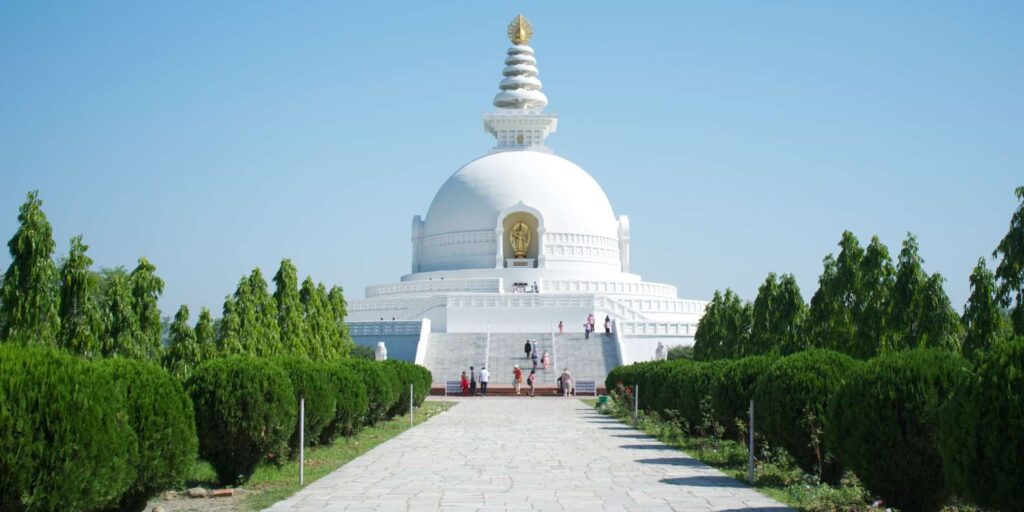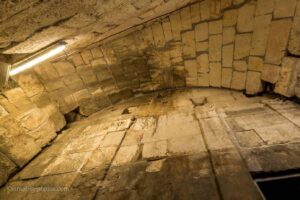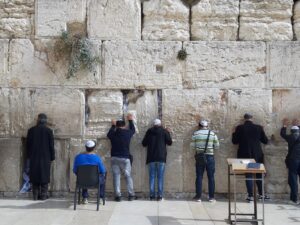Lumbini Garden: Peaceful Pilgrimage Site
Lumbini Garden, nestled in the Rupandehi District of Nepal, is a serene and spiritually significant destination for travelers and pilgrims alike. Known as the birthplace of Siddhartha Gautama, who later became the Buddha, Lumbini is a UNESCO World Heritage Site that attracts visitors from around the globe. This tranquil garden offers a unique blend of history, spirituality, and natural beauty, making it a must-visit for anyone interested in Buddhism or seeking a peaceful retreat.
What to See
Lumbini Garden is home to several important landmarks and attractions that are integral to its spiritual and historical significance. The centerpiece of the garden is the Maya Devi Temple, which marks the exact spot where Queen Maya Devi gave birth to Siddhartha Gautama. The temple is surrounded by ancient ruins and a sacred pond, where it is believed that Maya Devi bathed before giving birth.
Another notable site is the Ashoka Pillar, erected by Emperor Ashoka in 249 BC. This stone pillar bears inscriptions that confirm Lumbini as the birthplace of the Buddha. Visitors can also explore the various monasteries built by different countries, each showcasing unique architectural styles and offering a glimpse into the diverse interpretations of Buddhism.
The Lumbini Museum is another highlight, housing an impressive collection of artifacts, photographs, and historical documents related to the life of the Buddha and the development of Buddhism. The Peace Pagoda, a symbol of harmony and tranquility, is also worth a visit for its stunning architecture and panoramic views of the surrounding landscape.
A Bit of History and Interesting Facts
Lumbini’s history dates back over 2,500 years, making it one of the oldest and most revered pilgrimage sites in the world. According to Buddhist tradition, Siddhartha Gautama was born in Lumbini in 563 BC. The site was rediscovered in 1896 by a team of archaeologists led by General Khadga Samsher Rana and German archaeologist Dr. Alois Anton Führer, who uncovered the Ashoka Pillar and other ancient relics.
An interesting fact about Lumbini is that it is one of the four main pilgrimage sites for Buddhists, along with Bodh Gaya, Sarnath, and Kushinagar in India. The garden’s layout was designed by Japanese architect Kenzo Tange in 1978, who envisioned it as a place of peace and reflection, with monasteries and meditation centers spread across the sprawling complex.
How to Get There and Tips for First-Time Visitors
Lumbini is accessible by air and road. The nearest airport is Gautam Buddha Airport in Bhairahawa, which is about 22 kilometers from Lumbini. Several domestic flights operate from Kathmandu to Bhairahawa daily. From the airport, you can hire a taxi or take a bus to reach Lumbini.
For those traveling by road, buses and private vehicles are available from major cities like Kathmandu and Pokhara. The journey offers scenic views of the Nepalese countryside, though it can be long and bumpy, so be prepared for a bit of adventure.
First-time visitors should plan to spend at least a full day exploring Lumbini Garden to fully appreciate its beauty and significance. Wear comfortable shoes, as there is a lot of walking involved, and bring a hat and sunscreen to protect yourself from the sun. Respect the local customs and dress modestly, especially when visiting temples and monasteries.
Lumbini Garden is a place of peace and reflection, so take your time to soak in the tranquil atmosphere and connect with the spiritual essence of this sacred site. Whether you’re a devout Buddhist or simply a curious traveler, Lumbini offers a unique and enriching experience that will leave a lasting impression.








